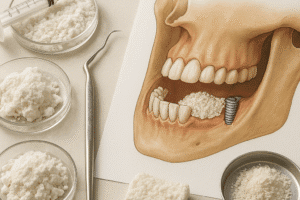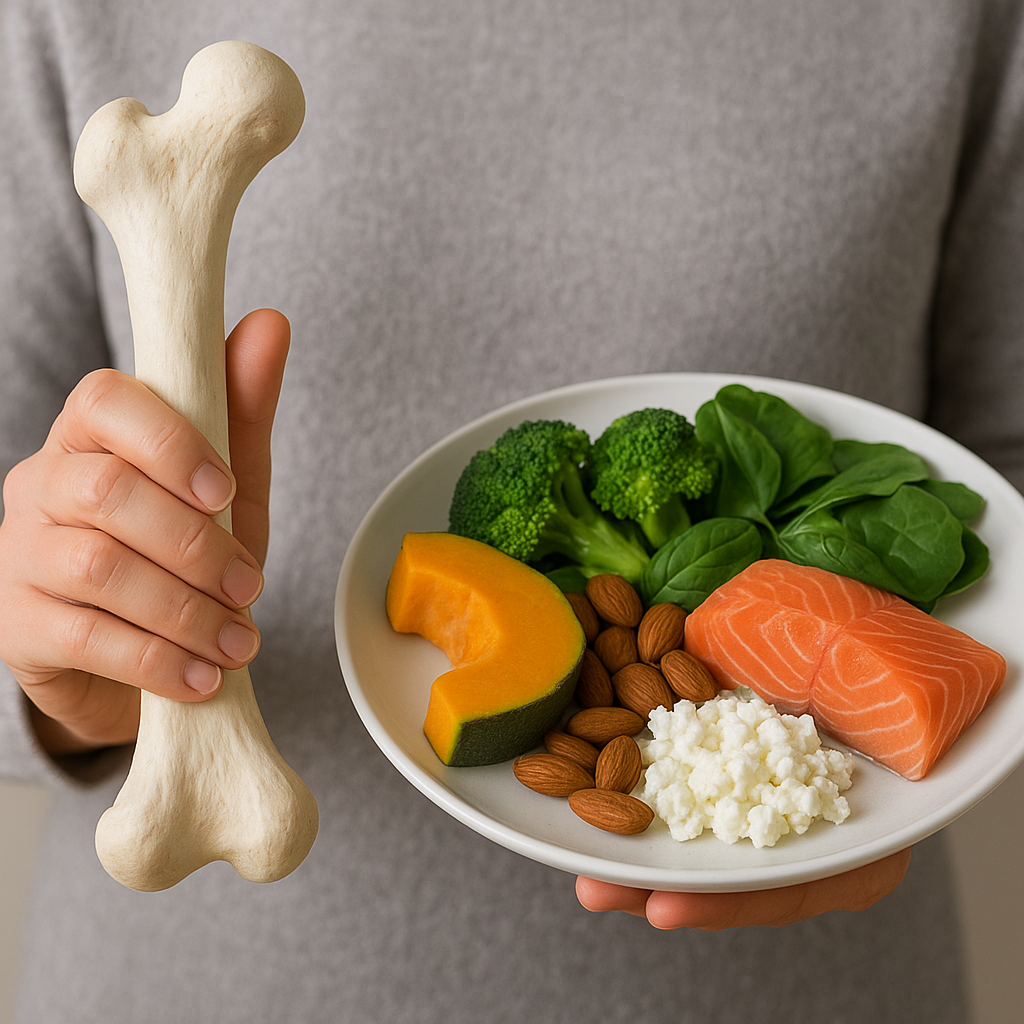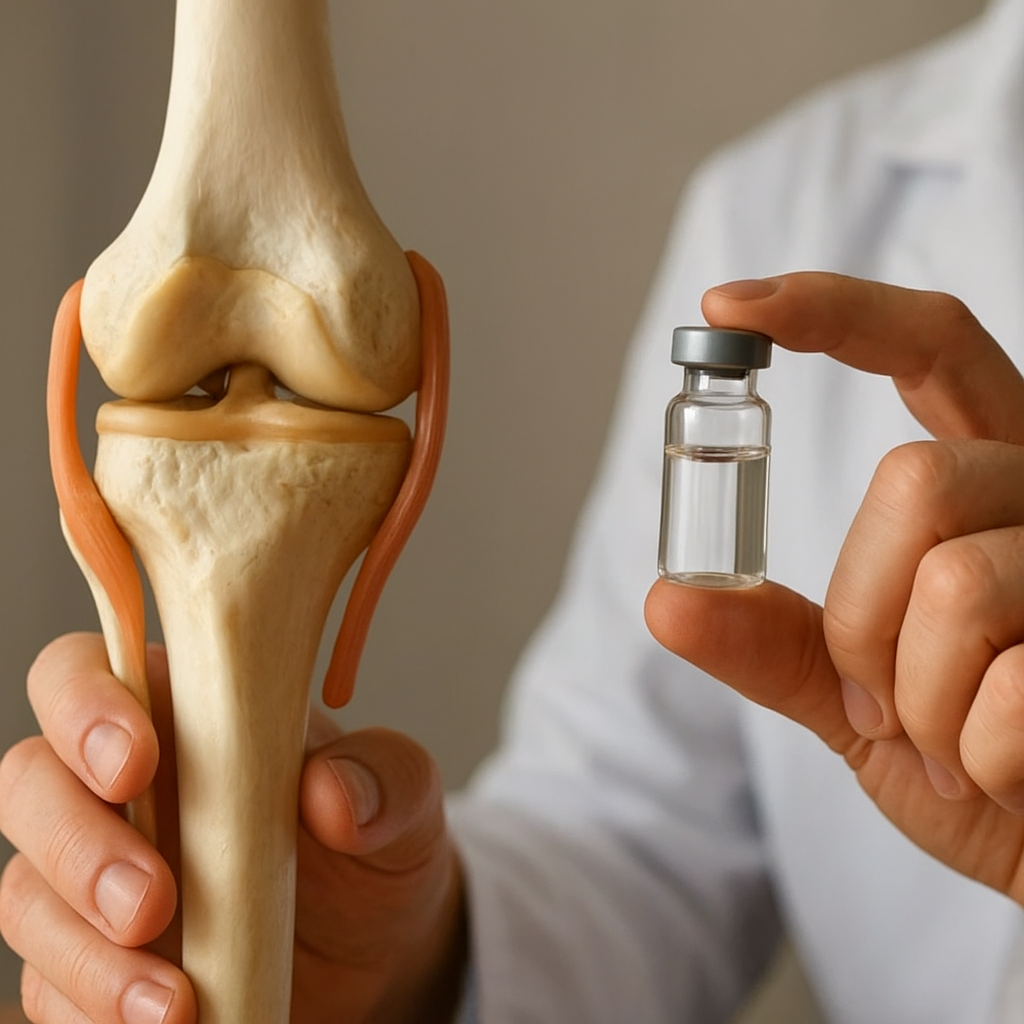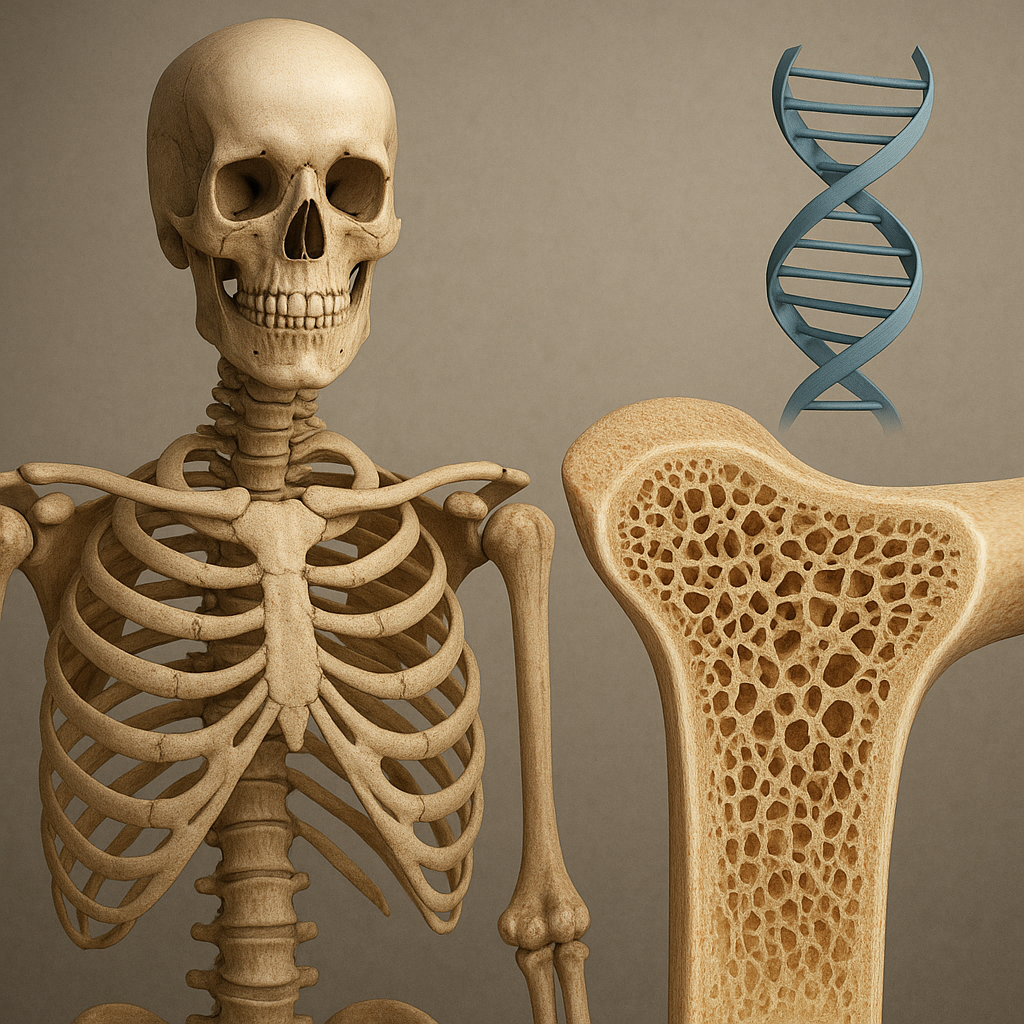Physical therapy plays a crucial role in the recovery process for individuals who have suffered from bone injuries or surgeries. By employing a variety of techniques and exercises, physical therapists help patients regain strength, mobility, and function in their affected areas. This article will explore the various aspects of physical therapy in bone recovery, including its benefits, techniques used, and the overall impact on a patient’s rehabilitation journey.
Understanding Bone Injuries and the Recovery Process
Bone injuries can occur due to a variety of reasons, including fractures, breaks, or surgical interventions. The recovery process for these injuries is often complex and requires a multifaceted approach to ensure optimal healing. Understanding the nature of bone injuries is essential for effective rehabilitation.
Types of Bone Injuries
Bone injuries can be classified into several categories, each requiring different treatment approaches:
- Fractures: These are breaks in the bone that can occur due to trauma, falls, or overuse. Fractures can be classified as simple (closed) or compound (open), depending on whether the bone pierces the skin.
- Stress fractures: These are small cracks in the bone that develop over time due to repetitive stress or overuse, often seen in athletes.
- Post-surgical recovery: After surgeries such as joint replacements or corrective procedures, patients often require rehabilitation to regain strength and mobility.
The Healing Process
The healing process for bone injuries typically involves several stages:
- Inflammatory phase: This initial phase occurs immediately after the injury and lasts for a few days. It involves swelling, pain, and the formation of a blood clot at the injury site.
- Repair phase: During this phase, new bone tissue begins to form, and the body starts to heal the fracture. This phase can last several weeks to months, depending on the severity of the injury.
- Remodeling phase: In this final phase, the new bone tissue is reshaped and strengthened. This process can take several months to years, depending on the individual and the nature of the injury.
The Role of Physical Therapy in Bone Recovery
Physical therapy is an integral part of the rehabilitation process for bone injuries. It focuses on restoring function, improving strength, and enhancing mobility. The role of physical therapy can be broken down into several key components:
Assessment and Goal Setting
At the beginning of the rehabilitation process, a physical therapist conducts a thorough assessment of the patient’s condition. This assessment includes:
- Evaluating the extent of the injury
- Assessing range of motion and strength
- Identifying any limitations in daily activities
Based on this assessment, the therapist collaborates with the patient to set realistic and achievable goals for recovery. These goals may include:
- Restoring full range of motion
- Regaining strength in the affected area
- Improving balance and coordination
- Returning to normal daily activities or sports
Therapeutic Techniques
Physical therapists utilize a variety of therapeutic techniques to facilitate bone recovery. Some of the most common methods include:
- Manual therapy: This hands-on technique involves manipulating the soft tissues and joints to reduce pain and improve mobility.
- Exercise therapy: Tailored exercise programs are designed to strengthen the muscles surrounding the injured bone, improve flexibility, and enhance overall function.
- Modalities: Various modalities, such as heat, cold, ultrasound, and electrical stimulation, may be used to alleviate pain and promote healing.
- Education: Physical therapists educate patients about their injuries, the healing process, and strategies for preventing future injuries.
Progress Monitoring and Adjustments
Throughout the rehabilitation process, physical therapists continuously monitor the patient’s progress. This involves:
- Regularly assessing strength, range of motion, and pain levels
- Adjusting the treatment plan as needed to ensure optimal recovery
- Providing encouragement and motivation to help patients stay committed to their rehabilitation goals
Benefits of Physical Therapy in Bone Recovery
The benefits of physical therapy in the recovery from bone injuries are numerous and can significantly impact a patient’s quality of life. Some of the key benefits include:
Improved Mobility and Function
One of the primary goals of physical therapy is to restore mobility and function. Through targeted exercises and therapeutic techniques, patients can regain their ability to perform daily activities, such as walking, climbing stairs, and participating in recreational activities.
Pain Management
Physical therapy can help alleviate pain associated with bone injuries. By using modalities such as heat, cold, and electrical stimulation, therapists can reduce inflammation and promote healing, leading to decreased pain levels.
Strengthening Muscles
After a bone injury, surrounding muscles may weaken due to disuse. Physical therapy focuses on strengthening these muscles, which not only supports the injured bone but also helps prevent future injuries.
Enhanced Recovery Time
Engaging in a structured physical therapy program can expedite the recovery process. By following a tailored rehabilitation plan, patients often experience faster healing and a quicker return to their normal activities.
Education and Prevention
Physical therapists provide valuable education on injury prevention strategies. By understanding the mechanics of their bodies and learning proper techniques for activities, patients can reduce the risk of future injuries.
Conclusion
Physical therapy is an essential component of the recovery process for individuals with bone injuries. Through a combination of assessment, therapeutic techniques, and ongoing support, physical therapists help patients regain strength, mobility, and function. The benefits of physical therapy extend beyond the immediate recovery phase, equipping patients with the knowledge and skills necessary to prevent future injuries. As such, physical therapy not only aids in healing but also empowers individuals to lead active and fulfilling lives post-injury.













